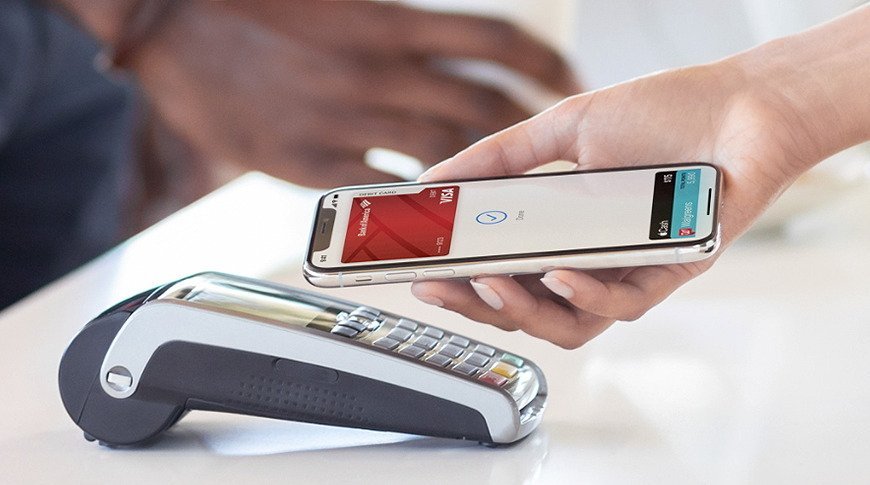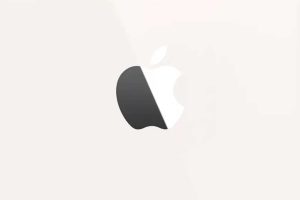
Apple’s mobile payments platform, Apple Pay, is now ten years old. In that decade, it’s become an invaluable tool for shoppers around the world.
Apple initially launched Apple Pay on October 20, bringing the service live only within the United States. At the time, it was an interesting addition to the iPhone, providing consumers with in-store payments without using their physical card, but that was just the start.
As the ten-year anniversary creeps up, Apple has marked the occasion by having Jennifer Bailey, VP of Apple Pay and Apple Wallet, look back over the decade. In her Newsroom post, Bailey proposes that Apple “saw a unique opportunity to leverage Apple’s hardware and software to make a meaningful impact on the financial health and lives of our customers.”
The dream was of using the iPhone for seamless payments of all transactions, in person and online, while keeping your financial details safe and private. It’s certainly gone a long way to accomplish that dream.
“Hundreds of millions of consumers in 78 markets” use Apple Pay, Bailey writes. It’s also used on millions of websites and apps, tens of millions of stores around the world, and supported by more than 11,000 bank and network partners.
Consumers love it
According to a survey commissioned by Apple asking why consumers love Apple Pay, the top result was ease of use at 90%, followed by privacy and security at 88% and 87% respectively. Approximately 85% of U.S. consumers are “very satisfied or extremely satisfied” with Apple Pay, and 98% were likely to recommend it to others.
Bailey adds that Apple receives messages from customers every day about how Apple Pay enriches their lives.
In one example of how it helped lives, Bailey recalls the rollout of Apple Pay for transit in Tokyo. The VP saw how consumers would readily tap their iPhone to quickly pay and get through turnstiles in one of the busiest travel networks in the world.
She then goes on to discuss how customers feel “secure and trust that their financial transactions are private.” Due to its tools, Apple has helped banks reach “industry-low levels of fraud” for Apple Pay transactions.
“Our customers trust that when they use Apple Pay anywhere, they can have the peace of mind that their payments are protected.”
Not all plain sailing
While it has been a revolution for consumers, Apple Pay’s growth hasn’t been without its growing pains.
Ever since its introduction, banks and financial institutions have complained about paying extra fees. They’ve also objected to not having the same access to NFC hardware as they do on Android and other platforms.
This has inevitably led to regulators stepping in and trying to smooth things over. For example, in Australia, the government made moves to impose more regulation on Apple Pay, to the same level as credit card firms, even though it’s not actually a credit facility in its own right.
Meanwhile, various efforts around the world tried to force Apple into providing NFC access. Apple eventually relented and opened up the technology to rivals.
The future of Apple Pay
The next set of changes to Apple Pay will bring more elements of typical store transactions into the mobile payments fold. Bailey said this can include options to redeem rewards, much like points cards for retailers, except that it will be one cohesive system instead of two.
U.S. consumers can already redeem rewards with some Discover credit cards when using them with Apple Pay online and in apps.
Installment loans from Apple Pay issuers and lenders will also be a bigger thing, with them offered at checkout online and in apps. This has already manifested in Affirm installment loans in the U.S. and Monzo Flex in the U.K. with iOS 18.
More is on the way, such as the rolling out of Klarna flexible payment options in the U.S. and U.K. from Thursday. More installment payment options are also on the way for a variety of countries and issuers.
Apple also anticipates making a bigger push to replace the physical wallet altogether with its own Wallet app. From payments to event tickets, government IDs and keys, Apple wants the iPhone to be the conduit for a person’s life.
“The last decade was an incredible journey, and we’re thrilled that so many people around the world are enjoying the experience that Apple Pay and Apple Wallet provide,” concludes Bailey. “I can’t wait to see what the next 10 years have in store.”




